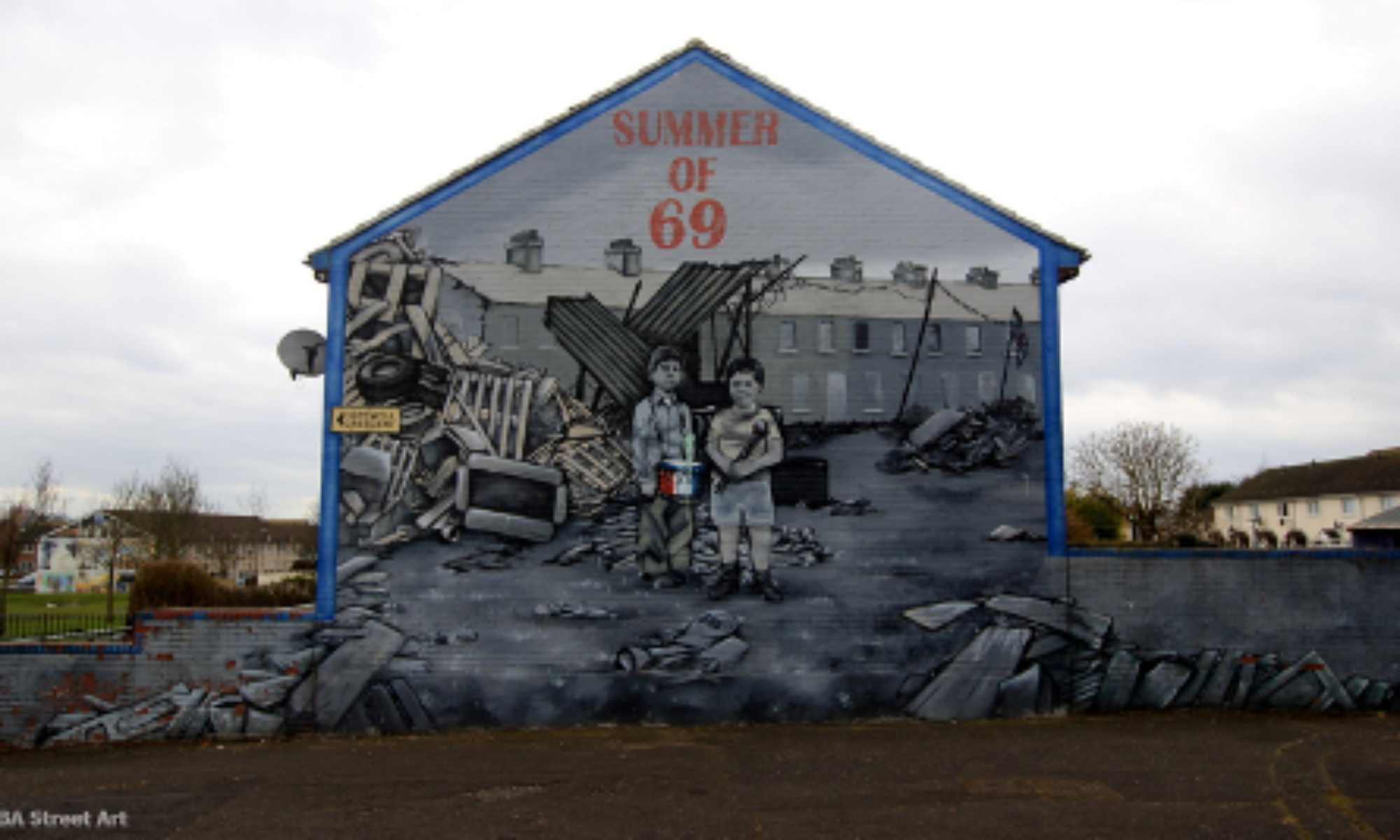As I have progressed through this class, the term “legacy” has been at the forefront of my mind. Vinen, who we began and ended the class with, wrote an entire book on the events of the year 1968, and even referred to the year itself as “The Thing” in many places. Vinen’s work, which explores mainly the historical and social background of the year, serves as a memoir in many ways. Furthermore, groups such as the Catonsville Nine and the Chicago Eight, and the members of each who chronicled their stories in each of their plays, clearly had a view of the future and how history would look at them. After all, we are reading and commenting on them today. However, the behavior of these groups makes clear that they do not care about what the court thinks about their actions and beliefs. The Catonsville Nine and Chicago Eight saw that their platform and circumstance was so much more than a single individual, and the potential to create a narrative which would immortalize their group. Their vision of their legacy was critical in their decision making.
We have already spoken at length about the striking similarities between 1969 and 2020, but I can’t help but wonder what the legacy of 2020 will be. Will historians such as Vinen refer to this year as “The Thing,” or even something more mysterious? Will plays be made from immortalized court transcripts from this year as in the case of the Chicago Eight and Catonsville Nine? Will literary critics 50 years from now view this year with the same reverence as the critics of the current time view 1969? Currently, the answers to these questions are hazy at best. However, the fact that we have found so many striking similarities between 1969 and 2020 should be telling. I believe that, 30 or 40 years from now, similar things will be said about 2020. Furthermore, based on the seeming 50 year cycle of these cataclysmic years, it is entirely possible that our generation will see another one. In 50 years, we just might be drawing comparisons between 2020 and 2070. I look forward to seeing how this year will be treated by history and literature as time marches on.
